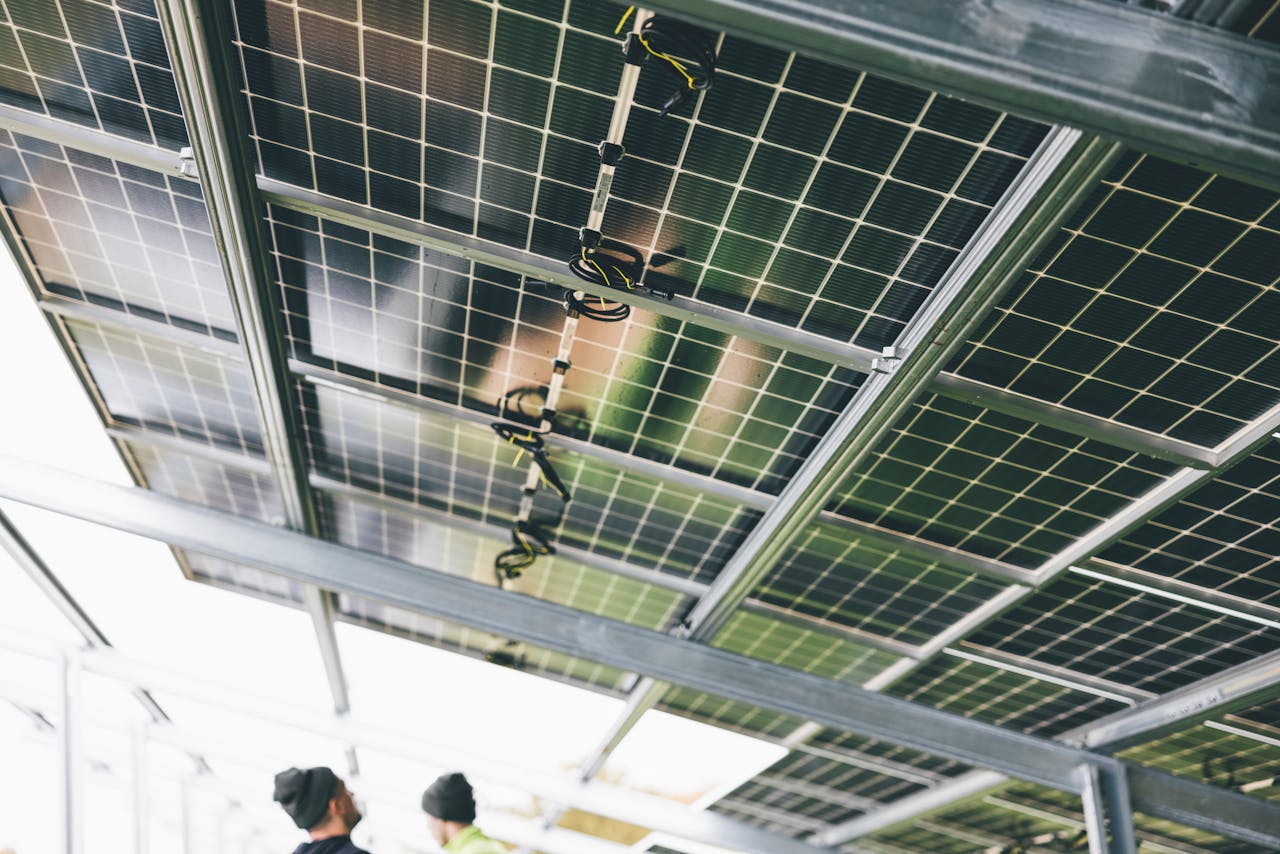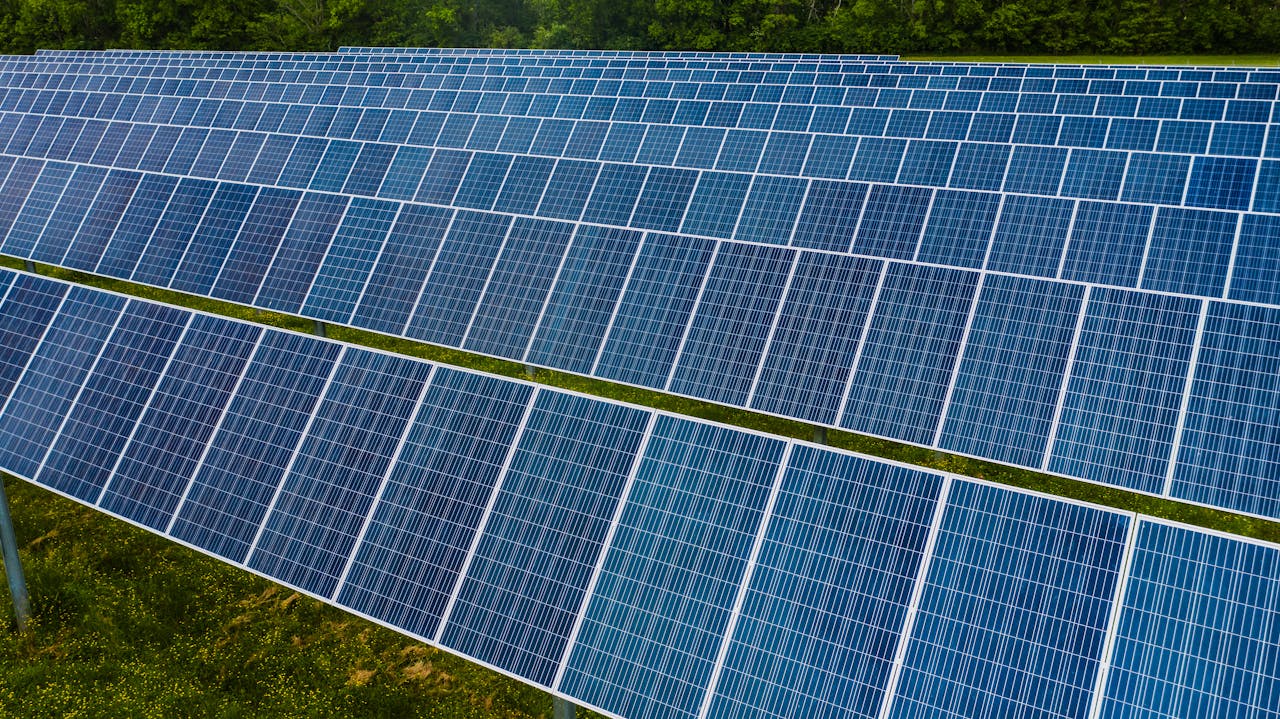As Pakistan grapples with significant energy shortages, solar power emerges as a beacon of hope. This blog examines the evolution of solar energy policies in Pakistan and their real-world implementations, highlighting the journey from legislative frameworks to operational achievements in the solar sector.
Overview of Pakistan’s Solar Energy Policies
Early Initiatives The journey began with the Alternative Energy Development Board (AEDB) established in 2003, tasked with promoting and developing renewable energy sources. Early policies focused on creating favorable conditions for renewable energy investments but progress was slow initially1.
2019 Renewable Energy Policy A significant overhaul came with the Alternative Renewable Energy Policy 2019, aiming to boost renewable energy’s share to 30% of the total energy mix by 20302. This policy provided clearer pathways for investment and set specific targets for renewable energy capacity.
Current Legislative Landscape The most recent initiatives involve streamlining approval processes and incentivizing private and international investors through tax breaks and higher rates of return on investment in the renewable sector3.
Progress in Solar Energy Development
Operational Solar Power Plants
- Quaid-e-Azam Solar Park: Initially completed in 2016, it now produces 400 MW, serving as a model for scalability in solar projects4.
- Dawood Wind Power Project: Integrates solar with wind energy, showcasing the potential for hybrid projects that can lead to greater efficiency and output5.
| Project Name | Location | Capacity (MW) | Year Operational |
|---|---|---|---|
| Quaid-e-Azam Solar Park | Bahawalpur, Punjab | 400 | 2016 |
| Dawood Wind Power Project | Sindh | 50 | 2018 |
Challenges to Implementation
- Infrastructure Limitations: The lack of advanced grid infrastructure to handle large-scale solar inputs is a significant hurdle.
- Financial Barriers: High upfront costs and the perceived risk of investment in renewable technologies deter local financial institutions from offering loans for solar projects6.
- Regulatory Gaps: Despite improvements, inconsistent policy enforcement and bureaucratic red tape continue to impede rapid deployment of solar technologies7.
Future Directions and Innovations
Government and Private Sector Collaboration Recent policies encourage collaboration between the government and private sectors to share knowledge and resources, aiming to accelerate the deployment of solar technology across Pakistan8.
Innovations in Technology Advancements in photovoltaic technology and the introduction of solar storage solutions are expected to enhance the efficiency and attractiveness of solar investments in the near future9.
Pakistan’s solar energy sector is on a promising path, with substantial policy backing and growing implementation success stories. However, for solar power to reach its full potential, ongoing challenges must be addressed through innovative solutions and sustained governmental support.
Continued advocacy for renewable energy, public awareness campaigns, and support for policy enhancements are crucial for maintaining momentum towards a sustainable energy future in Pakistan.
Footnotes
- National Renewable Energy Laboratory, “Solar Energy Potential in Pakistan.” ↩
- Alternative Energy Development Board (AEDB), “Alternative Renewable Energy Policy 2019.” ↩
- Ministry of Energy (Power Division), “Government Initiatives for Renewable Energy.” ↩
- Quaid-e-Azam Solar Park Official Website, “Project Overview.” ↩
- Dawood Wind Power Project, “Project Specifications.” ↩
- World Bank, “Barriers to Renewable Energy Development in Pakistan.” ↩
- Energy Sector Management Assistance Program (ESMAP), “Regulatory Challenges in the Pakistani Solar Sector.” ↩
- Public-Private Partnership Authority, “Collaborative Projects in Renewable Energy.” ↩
- International Renewable Energy Agency, “Innovations in Solar Power.” ↩


